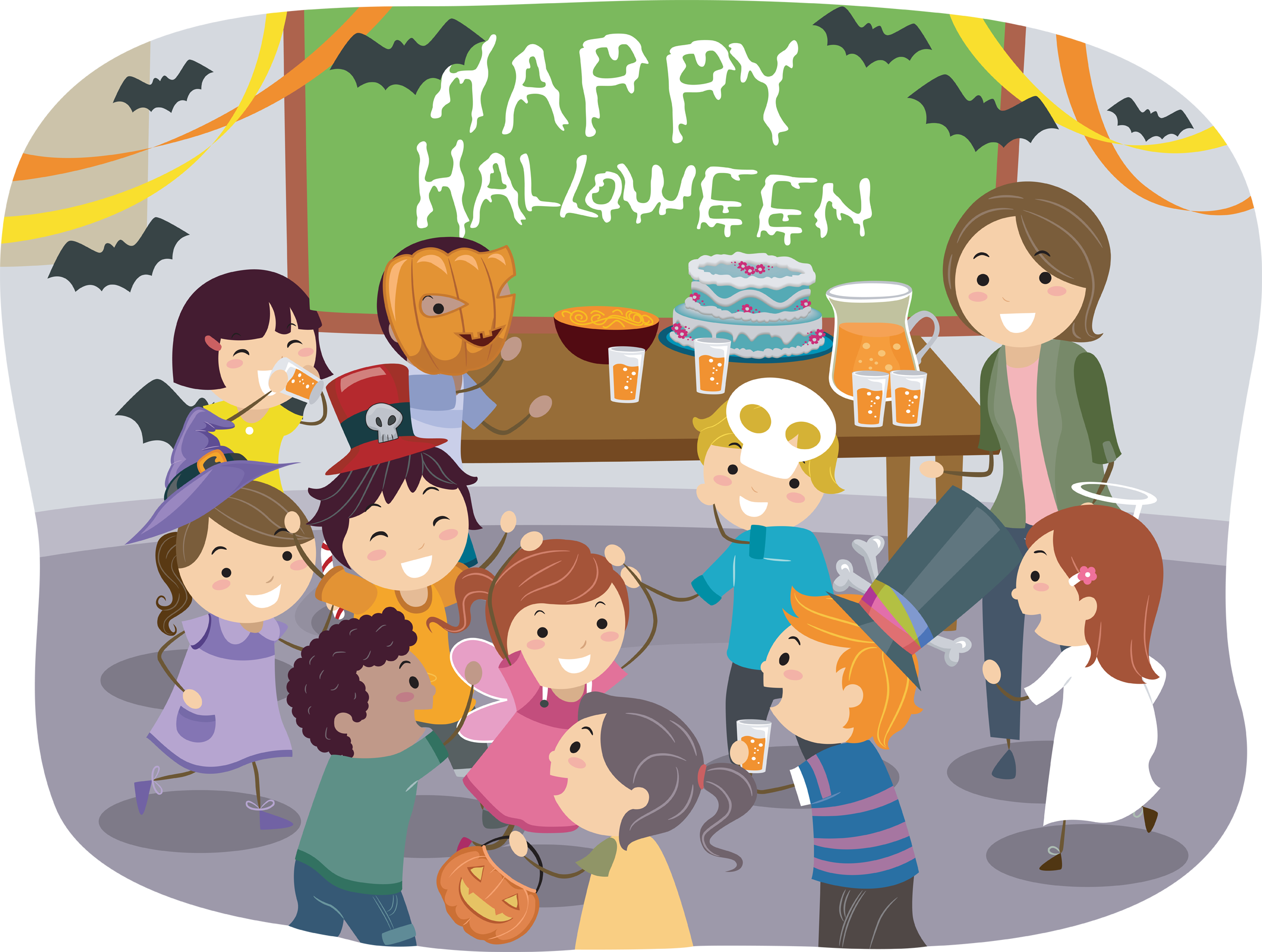
Halloween isn’t merely confined to the realm of trick-or-treating and donning spooky costumes; it stands as an enchanting juncture for educators, homeschooling parents, and classroom leaders to infuse their learning environments with a burst of exhilaration and imagination. This annual occasion goes beyond surface-level celebrations, presenting an ideal platform to meld the thrill of Halloween with the power of education. Regardless of whether you’re a classroom teacher igniting the festive spirit within your students or a homeschooling parent cultivating memorable learning moments, this comprehensive guide offers a treasure trove of insights. From ingenious party ideas to educational undertakings that tickle the senses, these strategies encapsulate the essence of Halloween, merging fun and learning seamlessly.
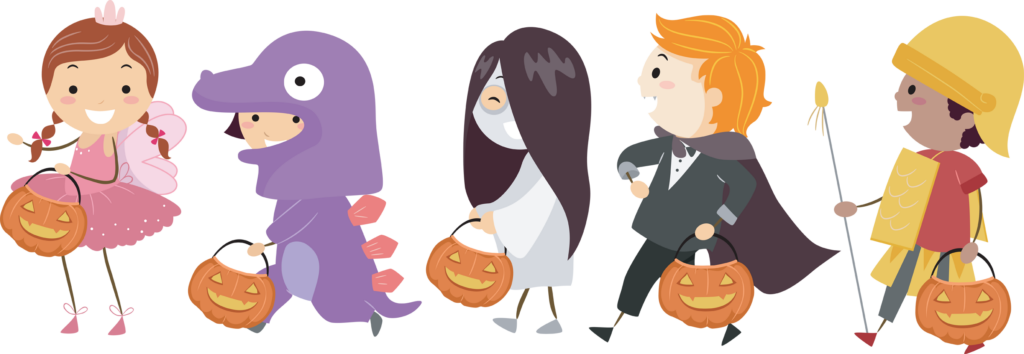
For educators, Halloween is an extraordinary chance to enliven the educational atmosphere, blending spooky excitement with valuable lessons. Homeschooling parents, on the other hand, can transform their homes into hubs of creativity and discovery, crafting experiences that linger in their children’s memories. This guide is your companion in orchestrating a Halloween gathering that goes beyond the ordinary. It’s a resource to transform your classroom or living room into an arena where curiosity thrives, where laughter and learning intertwine. With the guidance offered here, the bewitching essence of Halloween finds a harmonious union with education, inspiring students, children, and educators alike to revel in the magic of this holiday while expanding their horizons.
Planning the Perfect Halloween Party
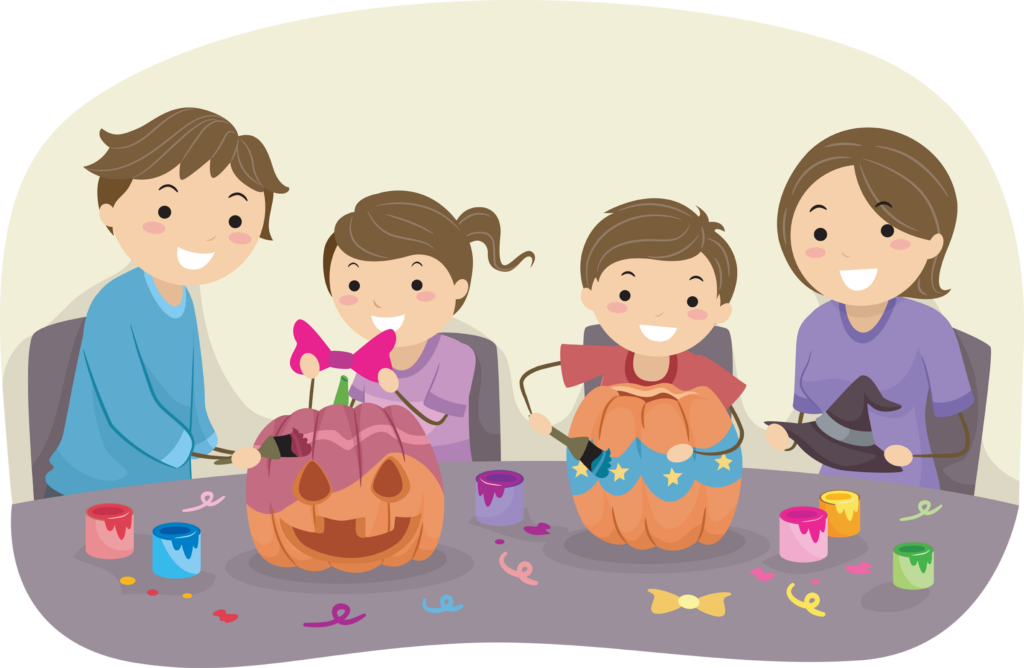
- Choose a Theme: Start by selecting a theme that aligns with the curriculum or captures the spirit of Halloween. Themes like “Literary Haunts” (based on famous spooky stories), “Science Spooktacular” (exploring Halloween-related scientific concepts), “Historical Horrors” (featuring famous figures from history), “Mythical Monsters Mashup” (a blend of different mythologies), or “Enchanted Ecosystems” (exploring ecosystems through mythical creatures) can enhance the educational aspect of the party.
- Decorate with Purpose: Utilize Clipart’s repository of educational images to create decorations that are both visually appealing and educational. From historical figures to scientific diagrams, these visuals can add an engaging element to the decorations. Incorporate visual representations of famous authors, historical events, scientific discoveries, artworks, and cultural elements related to Halloween.
- Interactive Learning Stations: Set up various stations that offer hands-on learning experiences. Incorporate activities like pumpkin carving with math challenges, spooky storytelling sessions to enhance literacy skills, Halloween-themed science experiments, art activities that explore different art styles in horror-themed works, “Cryptic Code Breaker” station challenging students’ problem-solving skills, “Monster Morphology” station teaching anatomy through mythical creatures, “Ghoulish Geography” station exploring spooky locations worldwide, and “Spooky Symmetry” station creating symmetrical designs.
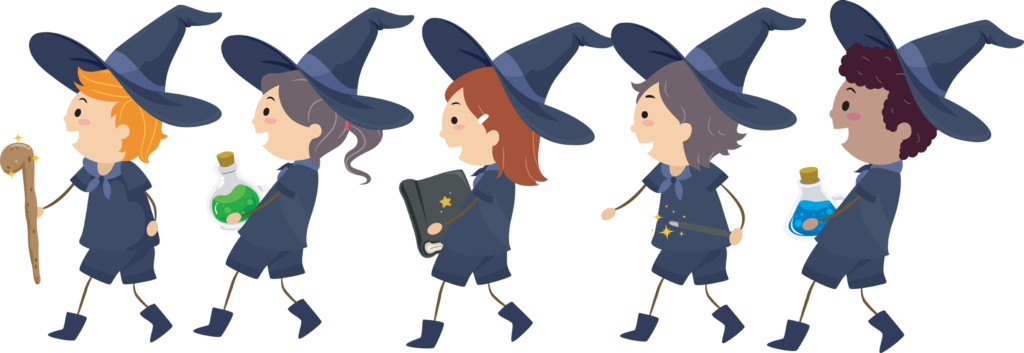
- Themed Crafts: Integrate arts and crafts into the party by guiding students through the creation of Halloween-themed projects. From making historical masks to crafting mythical creature figurines, creating haunted house dioramas, designing fantasy landscapes, crafting literary-inspired props, building eerie architectural models, or sewing iconic characters’ costumes, these activities can be both fun and educational.
- Costume Parade with a Twist: Encourage students to dress up as historical figures, book characters, or even elements from the periodic table. Have them share a brief description of their chosen persona and its significance. This not only reinforces research skills but also fosters public speaking abilities. Consider themes like “Time Travelers,” “Fictional Frights,” “Scientific Sorcery,” or “Cultural Creatures.”
Engaging Activities for All Ages
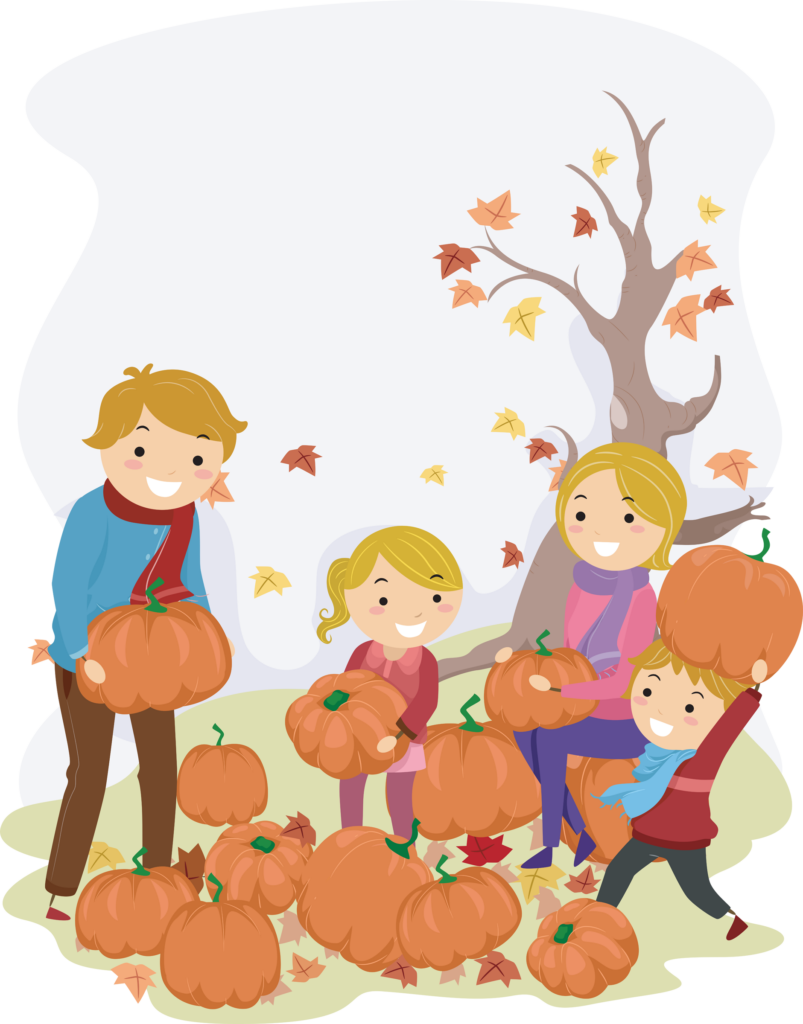
- Educational Games: Organize Halloween-themed games that subtly reinforce learning objectives. A scavenger hunt featuring clues related to classroom topics, “Spooky Science Trivia” game covering science concepts, “Mystery Monster Match” card game teaching ecosystems, “Witch’s Spell Word Search” introducing new vocabulary, “Halloween History Timeline” quiz exploring the historical evolution of traditions, “Literary Haunt Hunt” exploring famous horror literature, “Mythical Matchup” memory game pairing creatures with their cultures, “Creepy Calculations” math challenges, and “Spooky Story Starters” creative writing exercise.
- Cultural Exploration: Take the opportunity to educate students about the diverse cultural traditions associated with Halloween around the world. Create stations dedicated to different cultural practices, such as making papel picado for Dia de los Muertos, crafting Chinese lanterns, exploring Irish folklore, creating Japanese yokai masks, and learning about African harvest festivals.
- Storytelling Sessions: Invite local storytellers or community members to share spooky tales from different cultures. This not only entertains but also exposes students to diverse narratives and storytelling styles. Explore themes like “Ghosts and Guardians,” “Myths and Mysteries,” “Spells and Sagas,” and “Legends and Lore.”
- Themed Cooking: Incorporate a culinary element by teaching students to prepare traditional Halloween treats from various cultures. For instance, explore the history of “Soul Cakes,” “Calaveras Sugar Skulls,” “Mooncakes,” “Barmbrack,” and “Day of the Dead Bread.” Discover recipes that connect with folklore and celebrations.
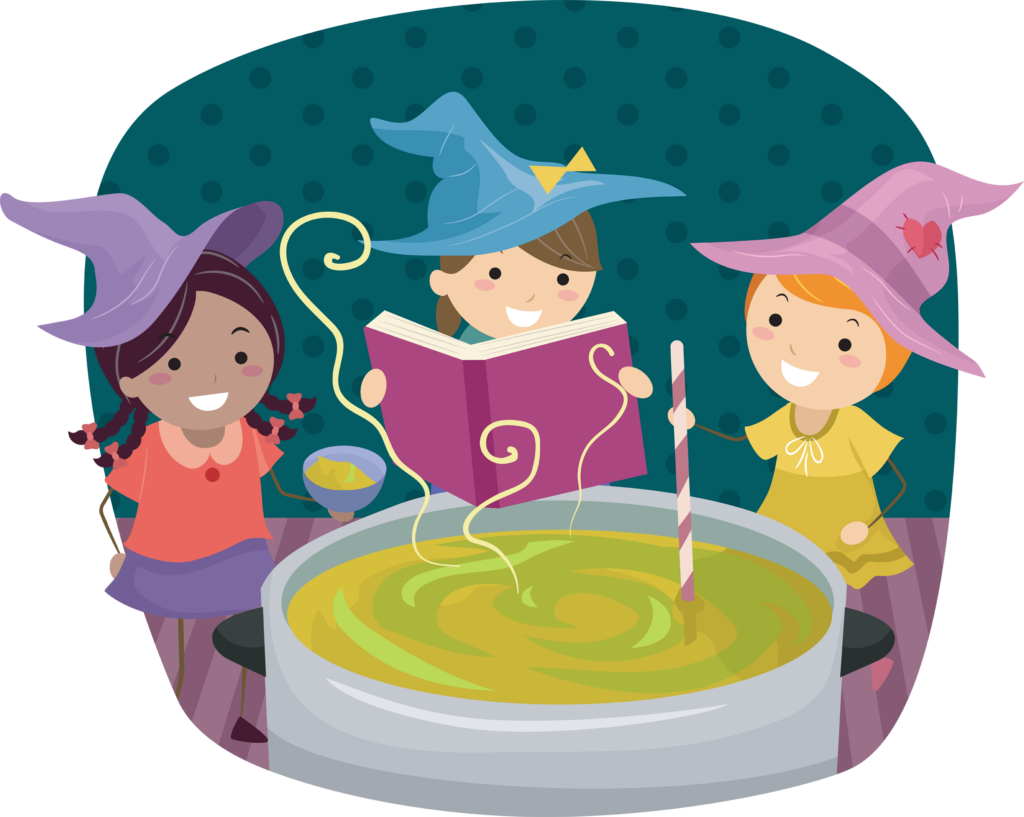
- Mask-Making Workshop: Host a mask-making workshop where students can create masks representing characters from mythology, history, literature, science, and art. Explore mask-making techniques from different cultures, such as African masks, Venetian masks, and Native American masks.
- Pumpkin Picking and Decorating: Organize a pumpkin picking activity, either by visiting a local pumpkin patch or arranging a virtual pumpkin selection. Guide students through the process of choosing the perfect pumpkin based on their preferences, discussing pumpkin growth and varieties. Later, engage in an artistic session where students can decorate their pumpkins with historical or literary motifs, scientific illustrations, or cultural symbols.
Best Practices and Pitfalls to Avoid
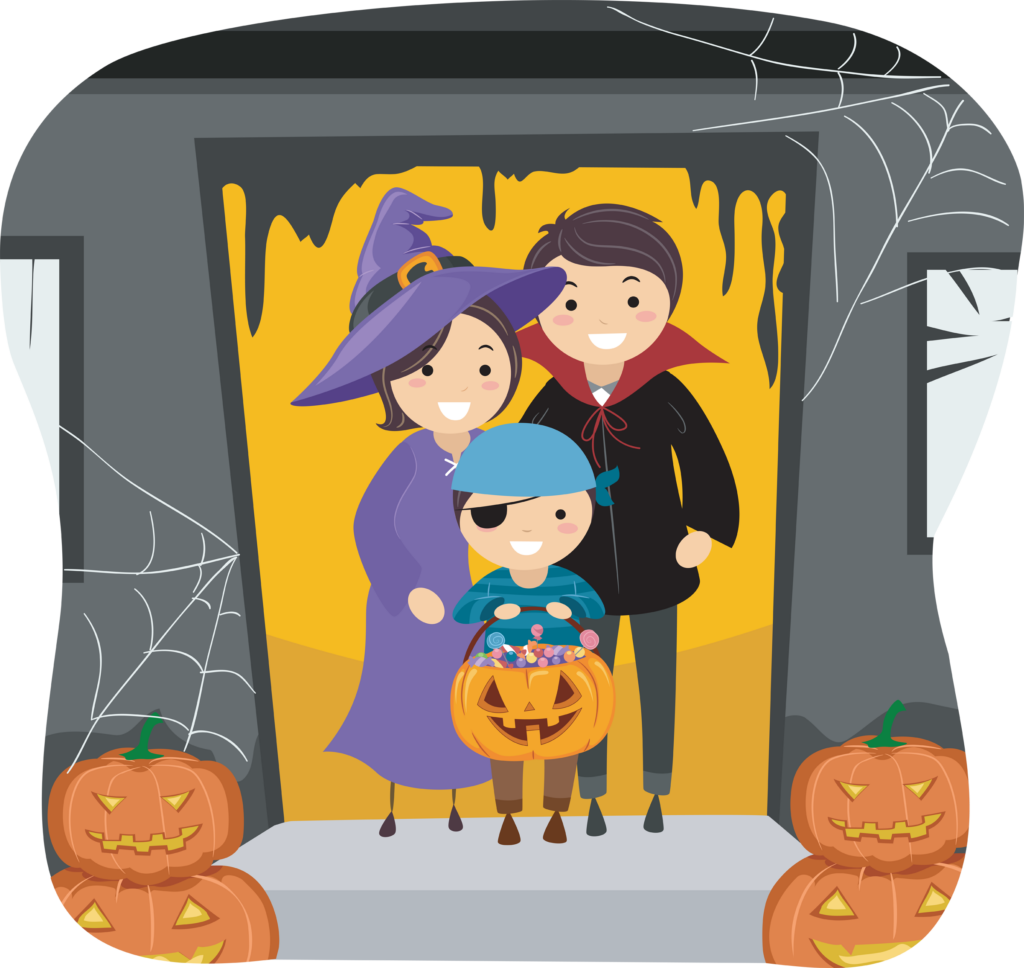
- Inclusive Approach: Keep in mind the sensitivities and cultural backgrounds of your students when planning activities and decorations. Ensure that everyone feels comfortable and included.
- Allergen Awareness: With the rise in food allergies, consider offering non-food treats or ensuring that any treats provided are clearly labeled with ingredients to prevent allergic reactions.
- Safety Measures: Implement safety precautions for activities that involve tools like pumpkin carving tools or potentially allergenic ingredients in cooking projects.
- Respectful Exploration: When exploring cultural practices, emphasize the importance of respect and understanding, promoting an environment of cultural sensitivity.
- Parent Involvement: Encourage parents to contribute to the party’s educational aspects by volunteering to share their expertise or cultural insights. Create a sense of collaboration and community.
- Adaptive Activities: Provide adaptations or alternatives for students with different learning needs to ensure that all students can participate and enjoy the activities.
- Feedback Loop: Establish a feedback mechanism to gather insights from students, parents, and colleagues, allowing you to continuously improve the event for future years.
- Sustainability: Incorporate eco-friendly practices into your party planning, from using reusable decorations to promoting sustainable treat options.
- Cross-Curricular Integration: Explore opportunities to integrate multiple subjects into the party activities, fostering a holistic and interdisciplinary learning experience.
- Thematic Extensions: Extend the learning beyond the party by incorporating related topics into your curriculum, like cultural studies, scientific investigations, literary analysis, or artistic explorations.
By following these strategies, educators and homeschooling parents can create a Halloween party that’s not only memorable but also educational. It’s a chance to inspire students’ creativity, foster a love for learning, and make wonderful memories in the process. Remember, with the right blend of festive spirit and educational intent, you can transform your classroom into a spooktacular hub of knowledge and fun.
Remember to visit Clipart’s repository (schools.clipart.com) to find a treasure trove of educational images that can elevate your Halloween decorations and activities to the next level.
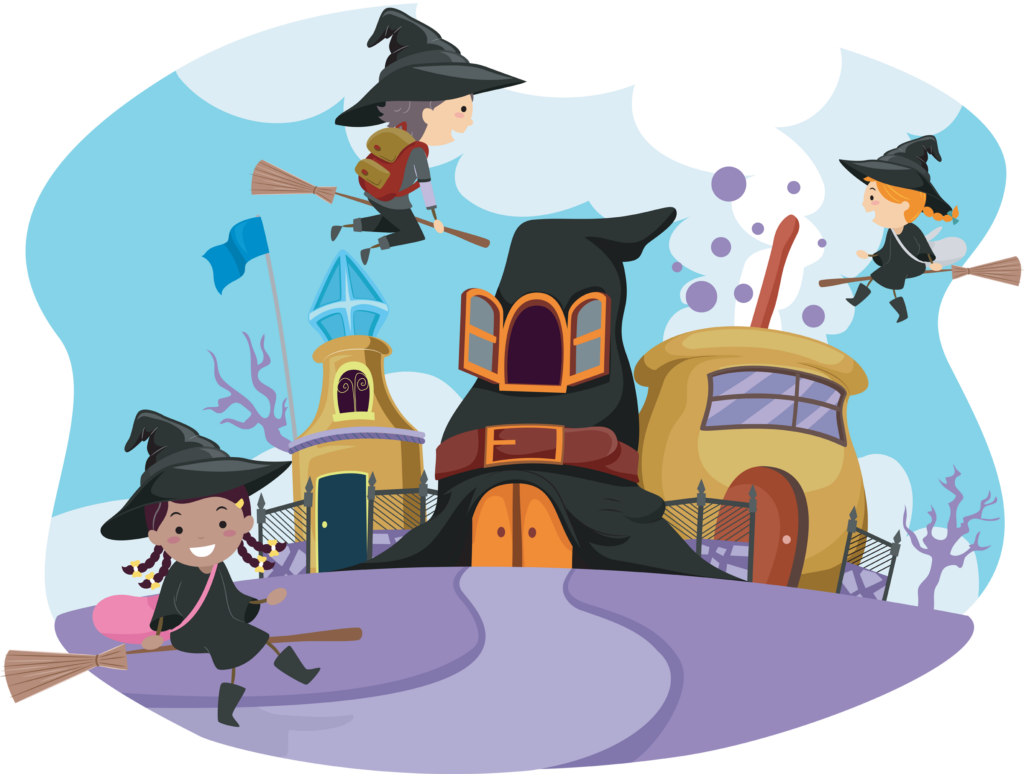
This Halloween, don’t miss the opportunity to create a thrilling and educational experience for your students. By infusing your classroom with a dash of spooky creativity and a pinch of academic magic, you can throw a Halloween party that will be remembered for years to come. So, get ready to embark on a Halloween journey that combines learning with laughter, exploration with excitement, and education with eerie enjoyment. Happy Halloween planning!




